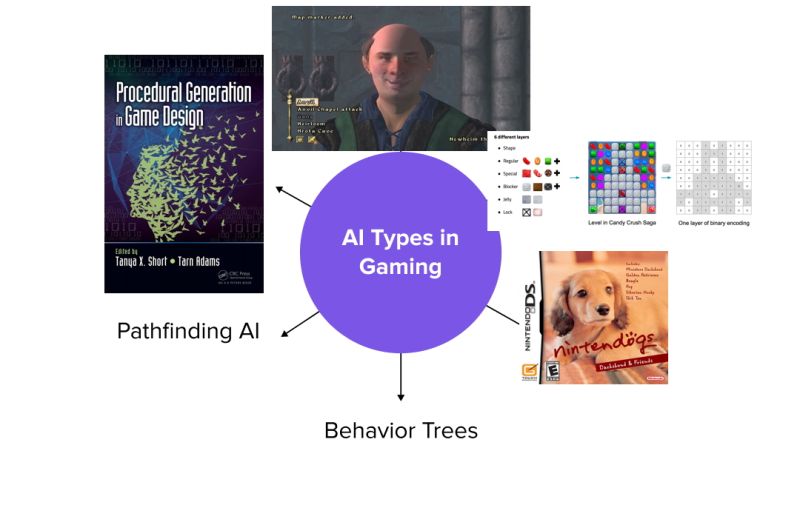
AI in Gaming Has Flopped
Journal 52 Phillip Black February 3

𝗔𝗜 𝗜𝗡 𝗚𝗔𝗠𝗜𝗡𝗚 𝗛𝗔𝗦 𝗙𝗟𝗢𝗣𝗣𝗘𝗗. Humanity may be on a colossal technology frontier, but gaming is being dragged along with AI. Instead of surfing atop the wave, it’s retreated to the wake. Gaming has historically been the first-best use case for new technology, so where did it all go so wrong?
In the 26 months since ChatGPT launched, Web3 has made more tangible progress than AI gaming applications. Any technology outpaced by Web3’s progress is in danger of irrelevance. And it’s for good reason: so far, AI’s visible footprint in games has been limited to a series of Cosmic Lounge press releases (I want my match-3 levels!) and a sixth finger in Call of Duty key art. Everything else appears to be cheap VC slideware or corporate investor day fantasies.
It’s true that gaming effectively subsidized the AI revolution by bankrolling Nvidia’s GPU development, ultimately creating a problem set whose solution unlocked accelerated AI growth. However, it’s failed to capture the subsequent gains, as code development is on a tear; real-time voice translations are consumer-grade, and medical diagnosing is advancing. Gaming has pioneered advancements in real-time 3D graphics, physics simulation, haptic feedback, and internet infrastructure expansion via demand acceleration and has taken wrong turns, too. Cloud gaming, motion controls, plastic guitars, and subscriptions don’t look like they work. Web3 looks like it will register as our next wrong turn, not because it’ll die, but because it’ll fail to grow.
On the demand side, most game applications are demos, while conversing with NPCs—the most rudimentary possible use case—is lauded as a compelling feature. For an industry that prides itself on the fusion of art and science, we must reclaim our heritage of pushing technological boundaries rather than simply implementing API wrappers.
On the supply side, the pursuit of optimized match-3 gameplay illustrates our current limitations. While we understand that level design significantly impacts retention, determining optimal sequencing amid countless variables remains a formidable challenge. AI promises to accelerate the supply chain, but the bottleneck has shifted downstream to fundamental design questions.
Web3 represents a fascinating detour that consumed substantial venture capital, yielding little except the employment of millions of Southeast Asian players who beat local wages through trading virtual value (true!). Whether the answer lies in Roblox text prompts or voice-command FPS demos remains unclear, but there is still room for a team to experiment. Gaming needs to return to Hoffman’s philosophy: “If you’re not embarrassed by your first release, you shipped too late,” and try getting embarrassed ASAP.







